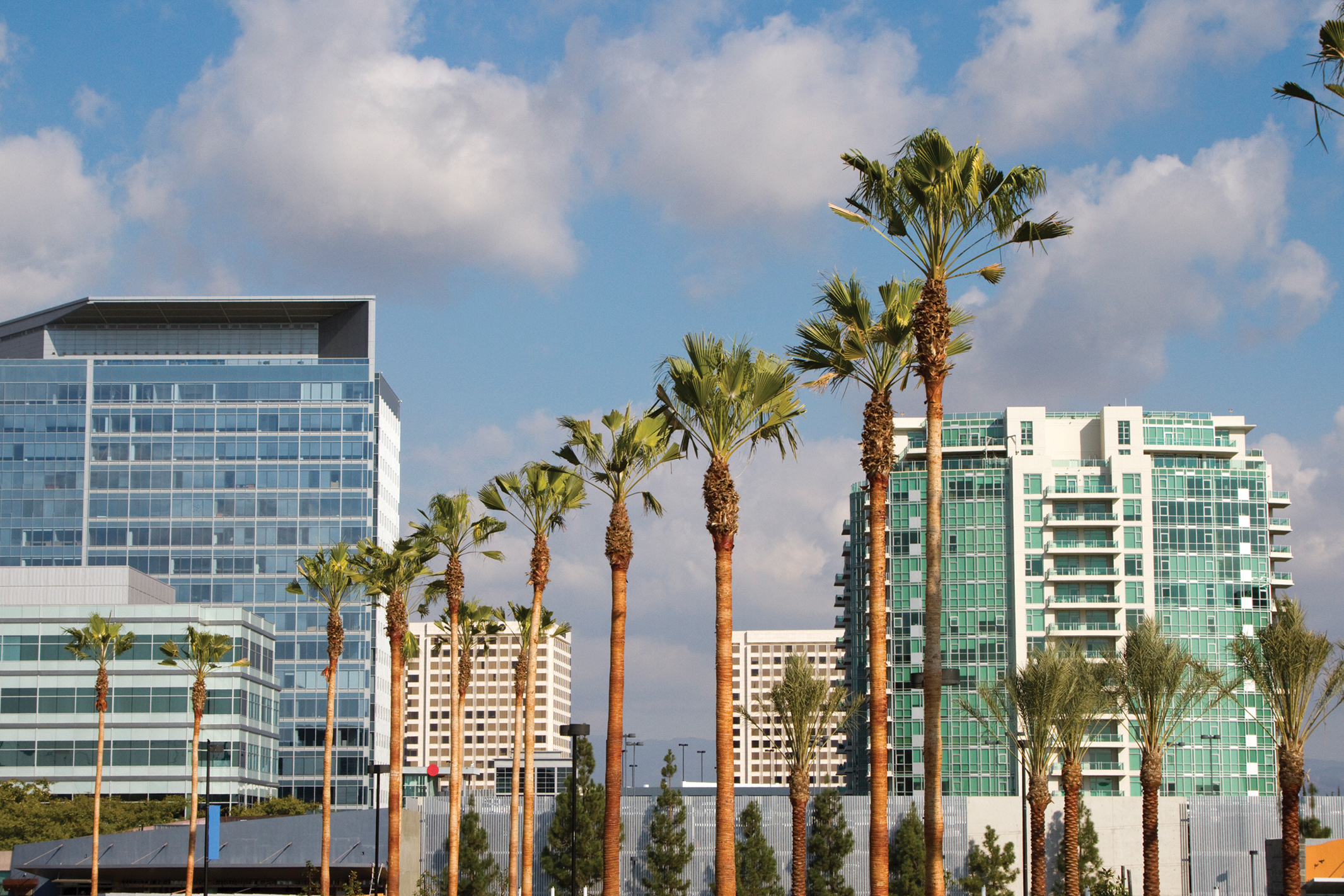Why Irvine needs more wireless infrastructure.
Irvine is one of the cleanest, safest, most diverse, livable and technologically-driven communities in the nation. Irvine is 66 square miles, making it the largest city in Orange County in terms of land mass. Founded as a master-planned community in the 1960s, Irvine was incorporated in 1971, and today is home to major corporations and universities, employing more than 274,000 people. The semiconductor and technology industries play an especially important role in the city’s booming economy. There are more than 17,000 companies in Irvine, including Fortune 500 corporations, and the city boasts the highest jobs-per-resident ratio in the US—94.8%.
Irvine’s unique standing and rapid growth demand greater wireless speed and reliability for its residents and workers. Wireless is critical to keeping people connected, businesses thriving, and our communities safe. In many areas, 80 percent of all 911 emergency calls to police, firefighters and other first responders originate from a mobile device, making reliable service more important than ever. As a result, we’re proposing building out a new small cell network—connected by high-capacity fiber optic cable—to ensure that Irvine residents stay connected.
Discover more about small cells and the benefits they'll bring to your community.
Where we're installing small cells.
Small cells are installed in the right of way, often on infrastructure like street signs, utility poles and streetlights. You may have walked by them before without noticing them. Working in partnership with city staff, we plan to enable improved wireless provider service while keeping Irvine's character intact.
The map above shows proposed areas of activity in Irvine.
Small cells in Irvine.
About Crown Castle
Crown Castle owns, operates and leases more than 40,000 cell towers and approximately 90,000 route miles of fiber supporting small cells and fiber solutions across every major US market. This nationwide portfolio of communications infrastructure connects cities and communities to essential data, technology and wireless service—bringing information, ideas and innovations to the people and businesses that need them.
